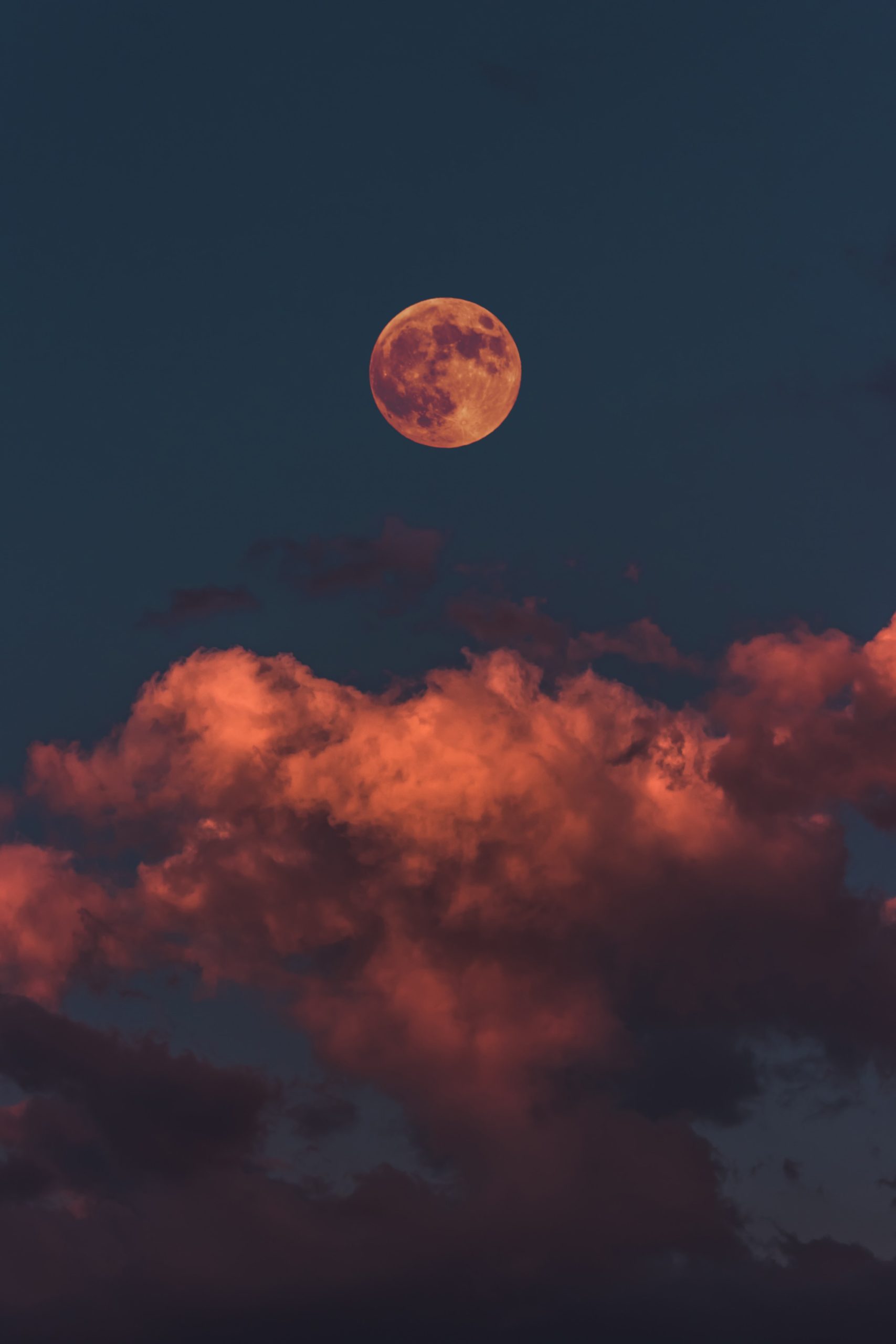Waxing Crescent Moon Definition: Understanding the Lunar Phases
The waxing crescent moon is one of the many fascinating phases of the moon that we observe in the night sky. As the moon moves through its monthly cycle, it goes through various phases, each with its distinct appearance and characteristics.
In this blog post, we will delve into the specifics of the waxing crescent moon, exploring its definition, appearance, and significance in our understanding of lunar phases.
What is the Waxing Crescent Moon?
The waxing crescent moon is the lunar phase that occurs right after the new moon and before the first quarter moon. During this phase, the illuminated area of the moon starts to increase, but only a small portion of the moon is visible from Earth.
This phase gets its name from the Latin word “crescere,” meaning “to grow.” As the days progress, the visible portion of the moon grows larger, leading up to the first quarter moon.
Appearance and Characteristics
When observing the waxing crescent moon, you will notice a thin, curved shape resembling a sliver or a banana. The sun’s light shines on the right side of the moon, illuminating it from a slight angle.
The waxing crescent moon appears low in the western sky shortly after sunset and sets a few hours after darkness falls. Its visibility increases each day, as more sunlight reflects off its surface, gradually revealing more of the moon’s shape.
Despite its name, the waxing crescent moon does not necessarily have sharp crescent-shaped ends. The curved shape may vary slightly from one day to another, depending on the position of the moon along its orbital path.
Visibility
During the waxing crescent phase, the moon is only visible for a short period after sunset. This limited visibility is due to the moon’s position relative to the sun and Earth.
As the sun sets in the west, the waxing crescent moon appears low on the horizon, with its illuminated side facing the sun. The slim crescent shape becomes more prominent against the darkening sky, allowing us to marvel at its delicate beauty.
However, the duration of moon visibility varies depending on factors such as the observer’s location, the time of year, and atmospheric conditions. In some cases, the waxing crescent moon may only be visible for a brief period before setting below the horizon.
Significance and Cultural Connections
The waxing crescent moon has held cultural and symbolic significance throughout human history. Many ancient civilizations, including the Egyptians and the Greeks, incorporated lunar phases into their religious and agricultural practices.
For example, in ancient Egypt, the waxing crescent moon was associated with the goddess Isis, symbolizing growth, fertility, and regeneration. The Greeks also believed that certain lunar phases affected various aspects of life and natural phenomena. The waxing crescent phase was associated with new beginnings and potential.
Today, the waxing crescent moon continues to inspire and captivate us. Its delicate glow against the twilight sky represents the promise of new beginnings and the steady progress of time.
Scientific Importance
From a scientific perspective, understanding the waxing crescent moon and its various phases contributes to our knowledge of astronomy and celestial mechanics. Studying the moon’s cycles not only enhances our comprehension of our nearest celestial neighbor but also helps us understand more about our own planet’s orbit around the sun.
Furthermore, the waxing crescent moon’s appearance and visibility provide a valuable opportunity for novice astronomers and skywatchers to learn about celestial observation. Its distinct shape and limited visibility make it a great subject for practicing moon-watching techniques and exploring the night sky.
In Conclusion
The waxing crescent moon is a fascinating phase in the lunar cycle, marking the transition from the new moon to the first quarter moon. With its slender shape and growing luminosity, it symbolizes new beginnings and holds cultural significance throughout history.
Whether you observe it for its cultural importance, scientific significance, or simply for its aesthetic charm, the waxing crescent moon never fails to captivate our curiosity and remind us of the vastness of our universe.
Table of Contents
